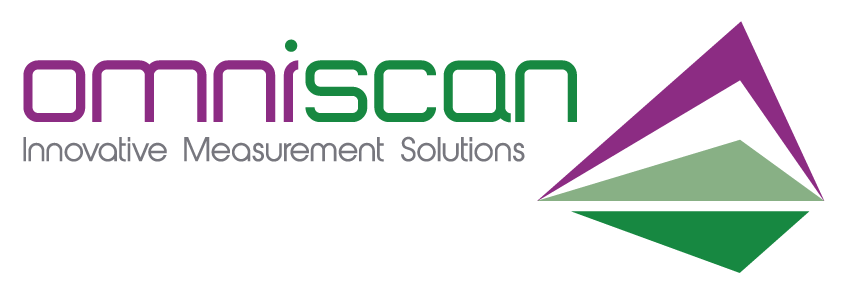White light interferometry (WLI) is an advanced optical technique that provides high-precision surface measurements without physical contact. This method leverages interference patterns created by broad-spectrum white light to map surface topography with extreme accuracy. Explore how white light interferometry works, its applications, and how it benefits various industries.
What is White Light Interferometry?
White light interferometry is an optical method that uses broadband white light instead of a single wavelength to measure surface features. When the light reflects off a surface and interferes with a reference beam, it creates patterns that reveal surface characteristics. This technique allows for the precise measurement of step heights, surface roughness, and more, with nanometre-level accuracy.
How It Works
In WLI, a beam of white light is directed onto a surface. The reflected light interferes with a reference beam, producing interference fringes. By analysing these patterns, an optical system creates a detailed topographical map of the surface. The broad spectrum of white light provides higher accuracy and the ability to measure a variety of surface types.
Key Benefits
- High Precision: WLI provides nanometre-level accuracy, ideal for industries requiring detailed measurements, such as semiconductor manufacturing and material science.
- Non-Contact: Since it’s a non-contact method, WLI can measure delicate surfaces without causing damage.
- Versatility: WLI is effective for measuring a wide range of surfaces, from rough to ultra-smooth, making it useful across various fields.
- Efficiency: This method quickly generates high-quality data, saving time and reducing costs compared to traditional measurement techniques.
Applications of White Light Interferometry
WLI is widely used in various industries:
- Semiconductor Manufacturing: For inspecting wafer surfaces and thin films, ensuring defect-free components.
- Optics: Measuring the flatness and roughness of optical surfaces like lenses and mirrors.
- Material Science: Characterising nanoscale materials, coatings, and films.
- Automotive & Aerospace: Ensuring precise surface finishes for better performance and durability.
Why Choose WLI Over Other Techniques?
Compared to stylus profilometry, which requires physical contact, WLI is non-contact and more suitable for delicate surfaces. It’s also faster and more efficient than atomic force microscopy (AFM) for many applications, especially in larger areas. While confocal microscopy offers high resolution, WLI can often provide faster results with greater accuracy, particularly for rougher surfaces.
Conclusion
White light interferometry is a powerful, non-contact method for precise surface measurement across various industries. Its high accuracy, versatility, and speed make it invaluable in fields like semiconductor manufacturing, optics, and material science. As technology advances, WLI will continue to play a vital role in quality control and innovation.
Embrace the future of precision measurement with white light interferometry for your surface characterisation needs.
Looking for support, advice or more information? Get in touch today!


